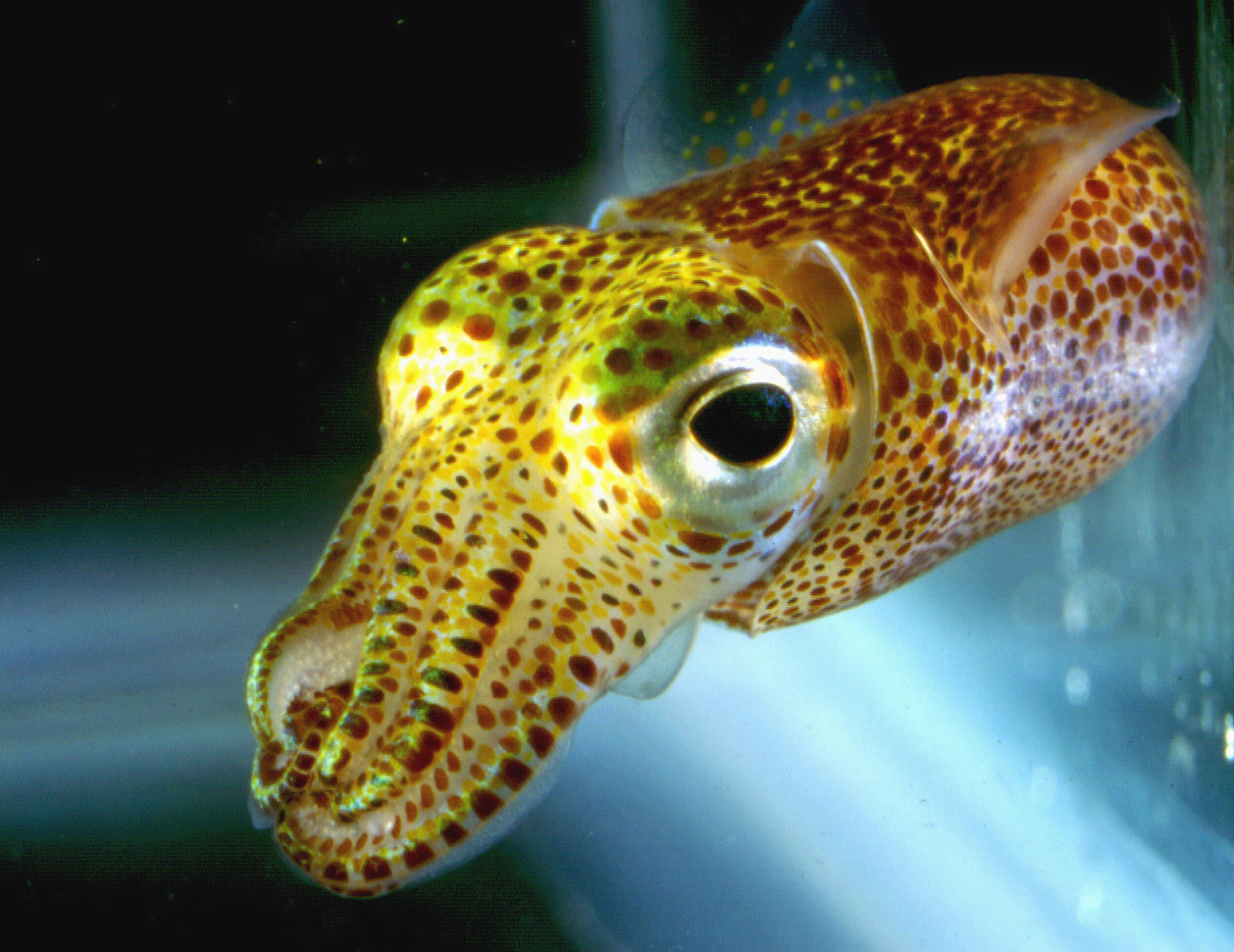Hello! Today's post features the Tricyrtis hirta, or the hairy toad lily, which has been posted here before. The previous posts did not have much information about this beautiful flower since I could not find much about it, not even on Wikipedia. Over the weekend, I managed to find a detailed write-up of the Tricyrtis formosana that features many wonderful macro-photography views of both the dark and light forms of the formosana species. I highly recommend reading this article if you want to know more about this flower. While the photos below are of the hirta species, the two are virtually identical in appearance.
So why have I decided to give the hairy toad lily it's own post? Well, this flower nearly went by undetected last year as I was walking around my backyard last year. Given its height of approximately 1.5 feet, the 1-inch wide flowers seemed rather insignificant from a far viewing distance. Even after taking some close-up photos of the flower, it did not appear to be anything special to me. That is, until after I downloaded the photos onto my computer.
Upon closer inspection while making adjustments to the photos, I noticed that there were small, golden spheres along the length of the styles. I learned from the article that these are membranous sacs containig a sticky fluid that may be used to attract insects to help pollinate the flower. These orbs are less than 0.02 inches in diameter and virtually invisible to the naked eye. To me, they are the most beautiful part of the hairy toad lily. Why? Well, while the polka-dotted petals and sepals or the tentacle-like forked styles are the more prominent features of the flower and readily visible, these miniscule golden orbs require the observer to spend a little more time to discover them. Once I did so for myself, they soon became the focal point of my hairy toad lily photographs.
Using the information in the article mentioned above, I labeled the preceding photo (reproduced below) to identify the different structures of the hairy toad lily.
While the structures of the hairy toad lily are standard to most flowers, their arrangement and appearance give it an exotic look. Speaking of which, it is my hope that one day I will have the opportunity to photograph the Passiflora, another exotic-looking flower.
Since the hairy toad lily grows best in shaded areas away from direct sunlight, it can be a challenge to photograph since lighting conditions tend not to be optimal. Luckily, after spending several hours waiting for the right amount of sunlight on multiple days, fortune smiled upon me, allowing me to capture some photos. Here are some more of my keepers:
Oh, before I forget...what makes the hairy toad lily, well, "hairy"? The answer is that the entire flower is covered in short, fine hairs. The petals, stalk, and leaves are all covered as can be seen in the photo of a bud here (also note the bi-lobed spurs):
Well, this concludes my introduction of the hairy toad lily. They will continue to bloom into October so I will most likley be taking more photographs of them in the near future.

















































